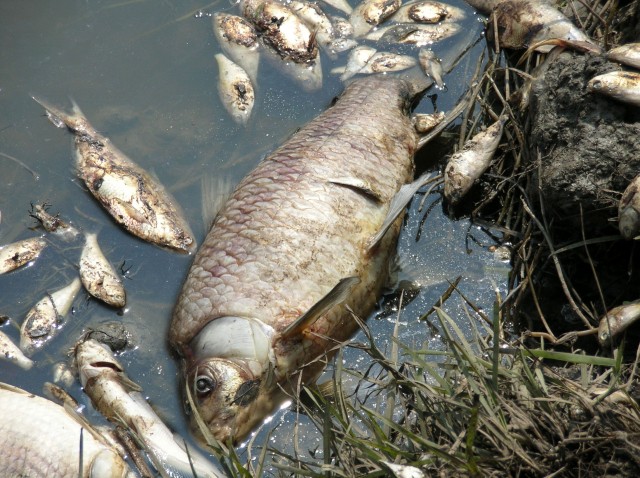A field guide to surviving a mass extinction
Ars Technica » Scientific Method 2013-07-21
Recently, we had a look at the hellish conditions that prevailed after the impact that wiped out the non-avian dinosaurs. The impact sent lots of debris high into the atmosphere, most of which then heated up during re-entry, creating a global heat pulse that ignited fires across the planet. The debris from the impact and fires blocked out sunlight for a period of up to two years, shutting down the photosynthesis that drives most food chains.
It's hard to imagine that much in the way of animal life could possibly survive this, yet clearly it did. And this week, the same researchers are back with what could be considered a field guide to surviving a global catastrophe. In it, they examine aquatic ecosystems and find some common factors that could help organisms survive this sort of event. And, to a certain extent, they find that a mix of pre-adaptations and luck made the difference for many species.
Aquatic ecosystems (at least those distant from the site of impact) should have come out of the initial events relatively unscathed. The heat pulse that set the planet burning was intense, but it was probably only intense enough to evaporate off a half-centimeter from the surface of any body of water. The total heating would probably have affected only a few centimeters of water near the surface.
Read 9 remaining paragraphs | Comments





